Top 10 Concept Cars of the 1990s
- Story Cars
.png/v1/fill/w_320,h_320/file.jpg)
- Jul 1, 2025
- 3 min read
The 1990s were a golden age of automotive imagination — the perfect blend of analog purity and digital experimentation. Car companies were freer than ever to play with design, tech, and performance, and they often let their concept cars off the leash entirely.
Some hinted at real production possibilities, while others were pure flights of fancy. Either way, we’re still thinking about them all these years later.
Here are ten of our favorite concept cars from the ’90s — vehicles we still wish had made it to the showroom floor.

Top 10 Concept Cars of the 1990s
1991 BMW Nazca M12

Designed by Italdesign and powered by a 5.0L V12 from the 7 Series, the Nazca M12 was BMW’s most seductive flirtation with a second supercar. Featherweight carbon construction kept it under 1,100kg, and the slippery bodywork had a drag coefficient of just 0.26. Sadly, it remained a design exercise — though it inspired generations of poster art.
1991 Audi Quattro Spyder

This mid-engined sports car used a 2.8L VR6 and Audi’s Quattro AWD system to deliver lightweight fun with serious grip. With just 172hp and a low kerb weight, it would’ve been a proper rival to the MR2 or early Boxster. Audi reportedly canned it due to high projected costs — and to avoid stealing sales from Porsche.
1995 Ford GT90
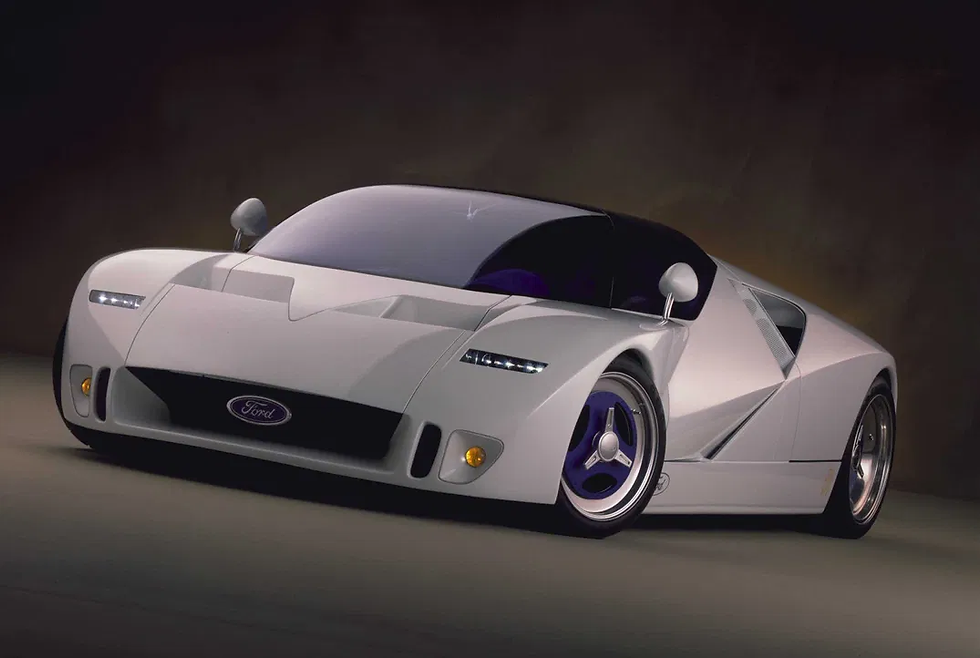
Possibly the most famous concept of the decade, the GT90 was Ford’s explosive tribute to the GT40. It had a 720bhp quad-turbo V12, a five-speed manual, and a top speed north of 250mph. Wrapped in Ford’s radical “New Edge” design language, it previewed the future — even if it never made it there itself.
1995 Mazda RX-01
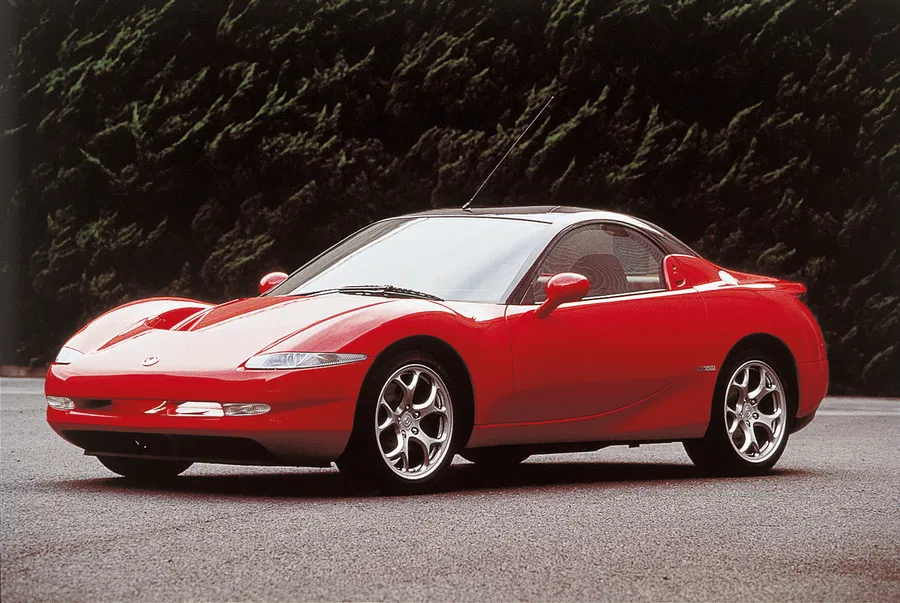
Mazda’s RX-01 was meant to bring the rotary engine back to basics. Ditching the RX-7’s twin turbos, it used a naturally aspirated 220hp 13B rotary in a lightweight, compact coupe. At just 1,100kg, it promised agility and fun — the kind of spiritual successor the RX-8 never quite managed to be.
1996 Alfa Romeo Nuvola
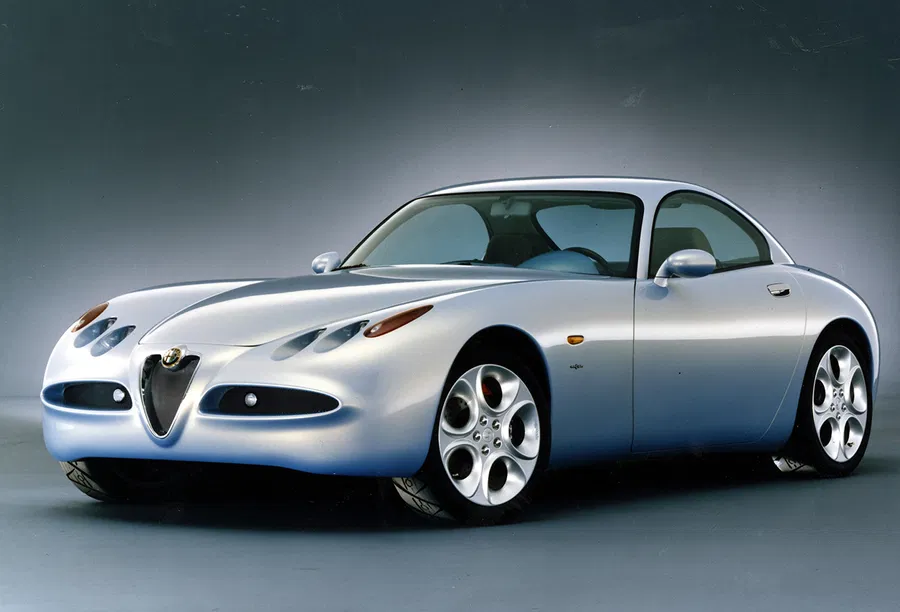
Named after racing legend Tazio Nuvolari, this all-wheel-drive coupe featured a twin-turbo 2.5L V6 making 296hp. But the Alfa Romeo Nuvola was more than just a pretty face — it was designed with modular coachbuilding in mind, allowing customers to customize bodies over a common chassis. A brilliant idea that sadly stayed on paper.
1997 Dodge Copperhead
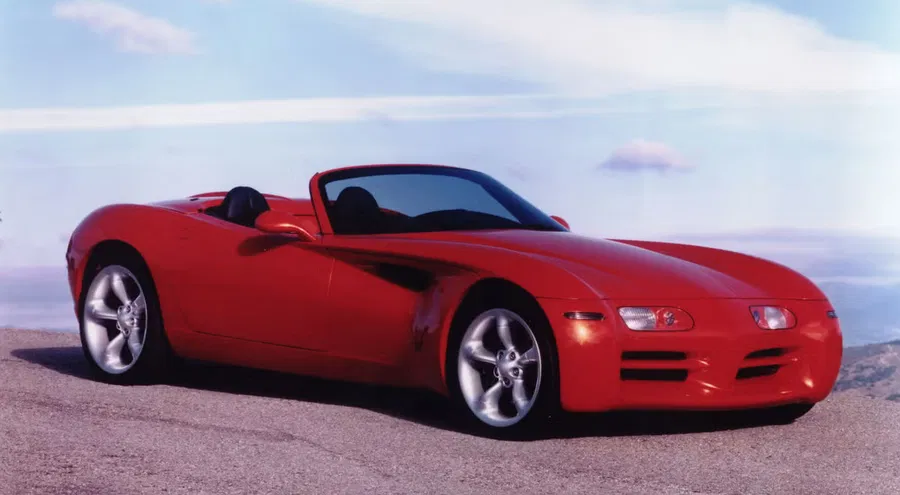
Aimed as a little brother to the Viper, the Copperhead used a 2.7L V6 with 220hp, a five-speed manual, and rear-wheel drive. It was light, affordable, and sporty — exactly the kind of car the ’90s loved. Dodge shelved it to focus on more profitable SUV projects. Sigh.
1997 Nissan Trailrunner
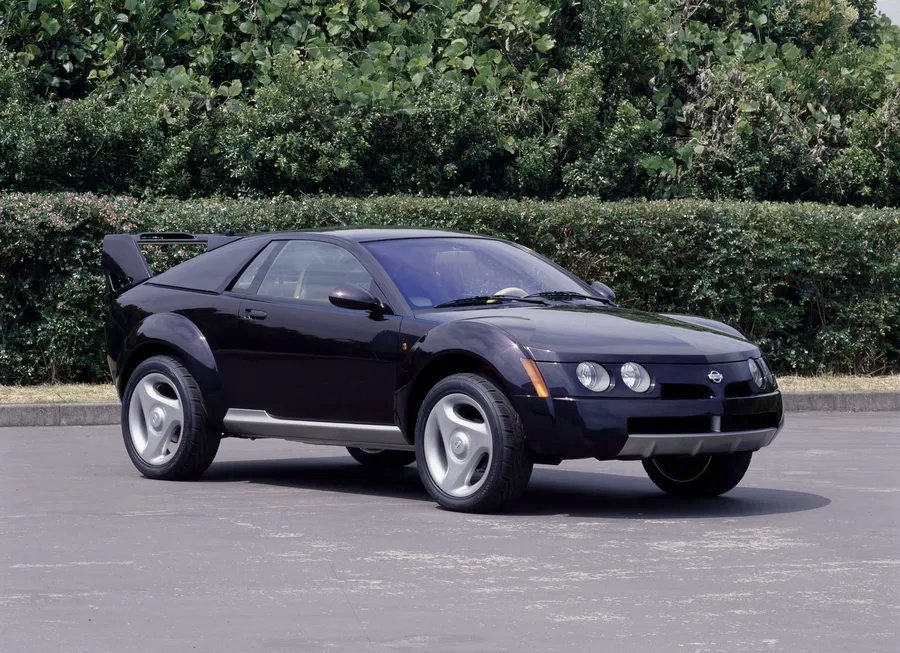
Years before off-road sports cars became trendy, Nissan showed off the Trailrunner: a lifted, all-wheel-drive coupe with rally roots. It had a 187hp turbocharged engine, ATTESA AWD from the Skyline, and even a snowboard rack built into its enormous rear wing. Pure ’90s cool.
1998 Jaguar XK180
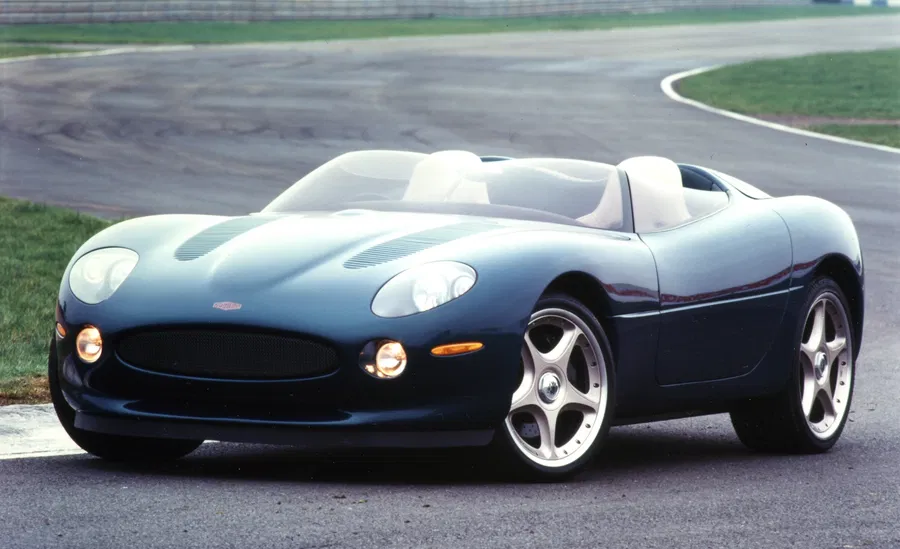
Built on an XK8 chassis and powered by a supercharged 450hp V8, the XK180 was Jaguar imagining itself back in the sports car game. Its speedster body and minimalist interior were both stunning and functional, and it ran perfectly well. But like so many good ideas, it never got past concept.
1998 Plymouth Pronto Spyder
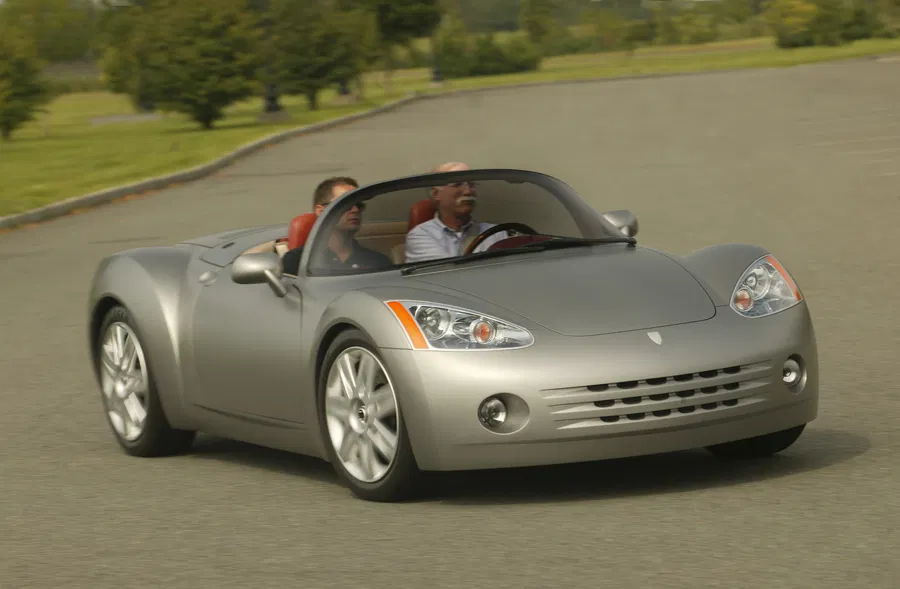
Could this have saved Plymouth? Maybe. The Pronto Spyder was a mid-engine roadster with 225hp from a turbocharged four-cylinder and a manual gearbox. Lightweight, plastic-bodied, and cool-looking, it could’ve fought the Boxster and MR2. But Plymouth didn’t last long enough to find out.
1999 SEAT Formula

SEAT’s Formula concept was a shot across the Lotus Elise’s bow: mid-engined, under 1,000kg, and armed with 240hp from a 2.0L turbo-four. A six-speed sequential gearbox and active aero made it a truly advanced machine. Too bad it stayed a one-off — it might’ve rewritten SEAT’s performance story.
Final Thoughts
The 1990s were a breeding ground for brilliant concepts that never quite made it — victims of budgets, brand priorities, or just bad timing. But their spirit lives on, in Gran Turismo garages, bedroom posters, and the hearts of enthusiasts everywhere.
Which one is your favorite?



















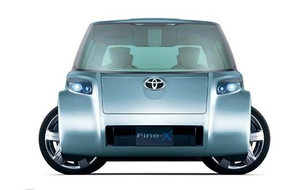





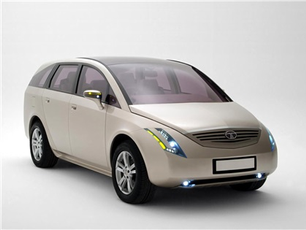

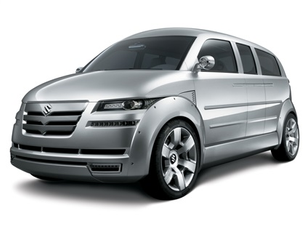
Comments